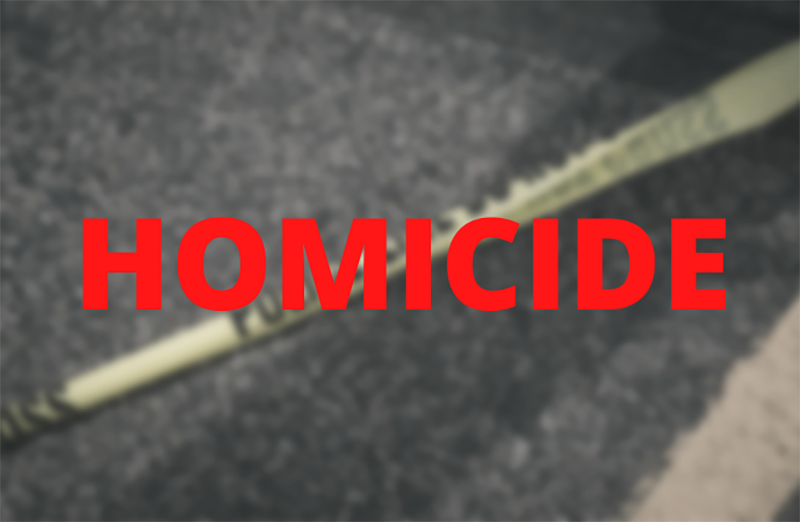
Thank you for reading D.C. Witness. Help us continue our mission into 2024.
Donate NowBy
Grace Nardei
- March 18, 2024
Daily Stories
|
Homicides
|
Shooting
|
Suspects
|
Victims
|
On March 14, DC Superior Court Judge Robert Okun granted a defendant’s motion to delay his trial and suppress a key witness’ testimony, following a multi-day long proceeding.
Robert Green, 30, is charged with first-degree murder while armed for his alleged involvement in the fatal shooting of 43-year-old Andre Junior. The incident occurred on the 1500 block of Park Road, NW, on March 15, 2018.
According to court documents, the suspect, who was later identified as Green, allegedly fled from the crime scene after the shooting. Ammunition that was recovered at the crime scene reportedly matched ammunition found at the defendant’s residence, which was collected when a search warrant was executed.
During the hearing on March 13, Green’s defense attorney, Mani Golzari, argued a motion to suppress the prosecution’s key witness who identified Green, saying the prosecution withheld important information obtained from the witness’ interview with the Metropolitan Police Department (MPD).
Golzari said cross-racial bias–the mis-identification by a witness of a person of a different race– led to naming Green as the suspect, citing a specific line from the transcript where the responding officer said: “Yeah, all Black people look the same.”
Golzari alleged the prosecution obfuscated parts of the Spanish to English translations of the body-worn camera footage that would have made the interview seem less reliable with a potential racial bias.
“They gloss over the body worn translations from because they know it’s a problem,” said Golzari.
When the defense cross examined the detective who reviewed the footage, the detective stated that only certain parts of the body-worn camera conversation were translated.
Golzari asked the detective whether they knew that the witness said in the transcript, “I don’t want to be here, no I would not recognize the suspect because he is Black.” The detective responded that she was not aware.
“I adamantly deny that this was coaching,” the prosecution said, adding that it was not their intention to mislead the court, that they were not a certified interpreter and that the defense had the transcript longer than the prosecution had it.
“Either way I’m in the wrong because I know the language.” the prosecution added.
Golzari also argued for the trial date to be delayed, saying that he needed more time to investigate a second suspect allegedly involved in the shooting.
Golzari added that the prosecution had only recently published a photo lineup, insinuating that the prosecution was likely hoping it would “fly under the radar.”
“I’m not going to waste my time requesting discovery, if the prosecution is going to be like ‘we’ll give it to you when we give it to you,’” Golzari said, adding that they had been asking for discovery since 2021.
The prosecution stated that the photo array was never shown to other bystanders or officers that could have potentially identified the second suspect. They added that the array was more of a “hunch” rather than a targeted effort and the detective said proper procedures were followed in the identification process.
The prosecution also asked the detective why the witness stated why she might not be able to recognize the suspects if shown a second time. The detective responded that the witness was afraid that one of the suspects had seen her at the time of the incident and was concerned about her safety.
Golzari argued that in addition to the racial bias issue the witness’ description and the surveillance footage of the suspect did not match what Green was wearing when he was arrested.
Ultimately, Judge Okun granted both motions filed by the defense on March 14.
“On no more than six different occasions the officer told the witness that they had arrested the shooter,” Judge Okun said.
According to Judge Okun, had the prosecution not obtained the transcript of the body worn camera footage, the end result could have been very different and could have caused an incorrect ruling. The judge stated that the witness would not be admitted for an in-court identification and scheduled the trial date for December 2.
Parties are slated to return April 1.
Follow this case